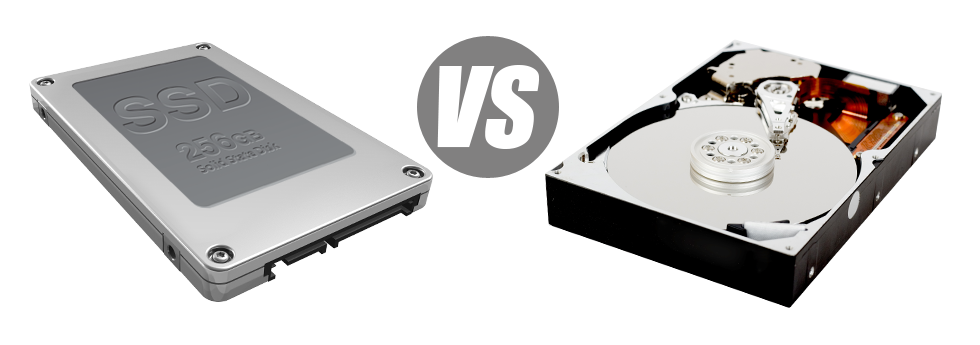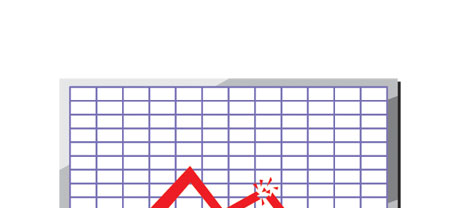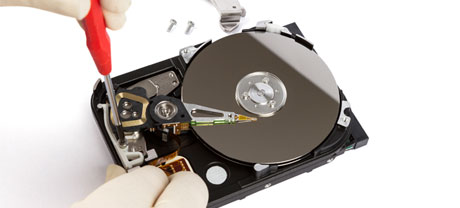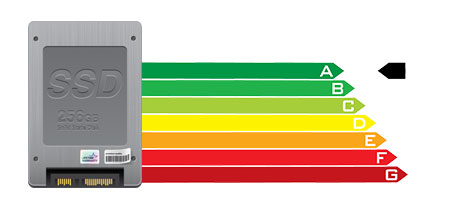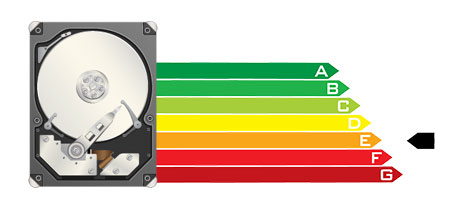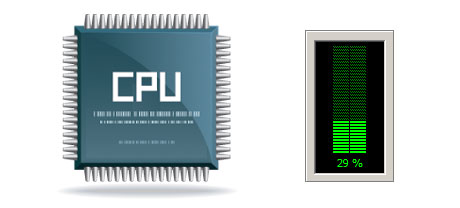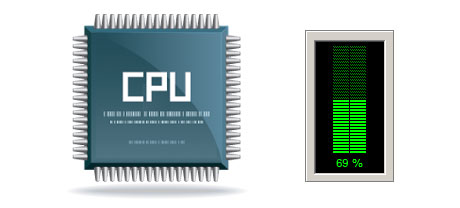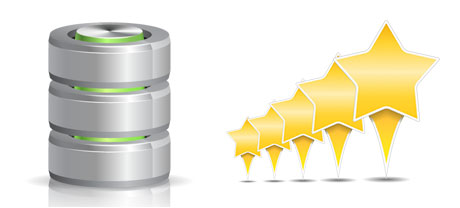When you have a web site or an web app, rate of operation is vital. The swifter your website works and also the faster your web apps function, the better for you. Since a website is just a range of files that connect with one another, the devices that store and access these data files play a vital role in website functionality.
Hard disks, or HDDs, were, until recent times, the most reliable products for saving information. Nonetheless, in recent years solid–state drives, or SSDs, have already been becoming popular. Check out our assessment chart to see if HDDs or SSDs are more effective for you.
1. Access Time
SSD drives give a brand new & innovative solution to file storage according to the utilization of electronic interfaces in lieu of any sort of moving parts and spinning disks. This innovative technology is noticeably faster, enabling a 0.1 millisecond file accessibility time.
HDD drives make use of spinning disks for data storage reasons. Each time a file will be accessed, you need to wait for the correct disk to reach the right place for the laser beam to reach the data file in question. This translates into a typical access speed of 5 to 8 milliseconds.
2. Random I/O Performance
On account of the unique revolutionary file storage strategy incorporated by SSDs, they have better data access rates and speedier random I/O performance.
During our tests, all SSDs confirmed their capacity to handle at the very least 6000 IO’s per second.
Over the exact same trials, the HDD drives demonstrated that they are much slower, with 400 IO operations managed per second. While this might appear to be a great number, for people with a hectic web server that serves a great deal of famous websites, a sluggish harddrive may result in slow–loading sites.
3. Reliability
The absence of moving components and rotating disks inside SSD drives, as well as the current advancements in electric interface technology have ended in a considerably risk–free file storage device, having a typical failing rate of 0.5%.
For the HDD drive to function, it should rotate a couple metallic disks at more than 7200 rpm, holding them magnetically stabilized in the air. There is a great number of moving components, motors, magnets and also other devices jammed in a small location. Therefore it’s no surprise that the standard rate of failure associated with an HDD drive ranges in between 2% and 5%.
4. Energy Conservation
SSD drives work almost soundlessly; they don’t produce extra heat; they don’t require supplemental cooling methods as well as use up far less energy.
Tests have revealed that the normal electric power consumption of an SSD drive is between 2 and 5 watts.
From the time they have been created, HDDs have always been very electricity–hungry products. And when you’ve got a hosting server with several HDD drives, this tends to add to the regular electric bill.
Typically, HDDs consume somewhere between 6 and 15 watts.
5. CPU Power
SSD drives permit faster data accessibility speeds, that, consequently, permit the processor to accomplish file queries much faster and then to return to additional responsibilities.
The average I/O hold out for SSD drives is only 1%.
As compared to SSDs, HDDs permit not so quick file access speeds. The CPU is going to wait around for the HDD to return the demanded data, saving its resources meanwhile.
The normal I/O delay for HDD drives is around 7%.
6.Input/Output Request Times
In the real world, SSDs function as admirably as they did in the course of the trials. We competed a full platform back–up using one of our production servers. All through the backup operation, the regular service time for I/O calls was in fact below 20 ms.
In comparison with SSD drives, HDDs feature much slower service rates for I/O requests. Throughout a hosting server backup, the normal service time for an I/O query ranges somewhere between 400 and 500 ms.
7. Backup Rates
You’ll be able to check out the real–world benefits to utilizing SSD drives day after day. For example, with a hosting server equipped with SSD drives, a complete data backup is going to take just 6 hours.
We employed HDDs mainly for lots of years and we’ve pretty good understanding of how an HDD runs. Generating a backup for a web server designed with HDD drives is going to take about 20 to 24 hours.
The VPS servers and the typical hosting plans accounts feature SSD drives by default. Join our family here, at Config Guru, and discover the way we can assist you to enhance your site.
Hepsia
- Live Demo
Service guarantees
- Each of our Virtual Private Servers is configured for you without charge. 99.9% network uptime. Full SSH/full root access.
Compare our prices
- Review the instruments and parameters coming with our Virtual Private Servers. You could start with a cheaper VPS Web Hosting server and move up with a click of the mouse as your demands increase.
- Compare our hosting plans
Contact Us
- Our representatives are online for you 7 days a week to respond to any queries concerning our VPS Web Hosting solutions. 60–min response time guarantee.
